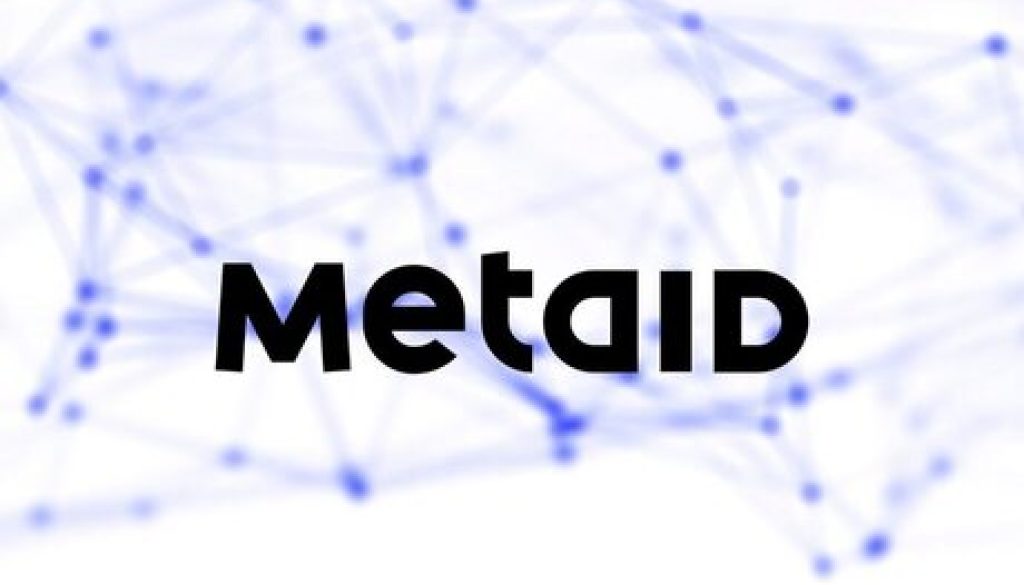MetaID: The ambitious new protocol aiming to enable Web3 on Bitcoin
(Coin Telegraph)-26/06/2024
Recently, a new Bitcoin-based protocol called MetaID has been released, with the ambitious goal of building Web3 entirely on Bitcoin. The devs behind MetaID believe that Bitcoin is the most suitable carrier for Web3. While this may seem like an ambitious plan, judging from the protocol’s history and the release of related infrastructure, it appears that they have been preparing for this protocol for a long time. In fact, few Web3 applications based on the MetaID protocol are already running on Bitcoin.
The following is an interview with Sunny Fung, one of the initiators of the MetaID protocol, conducted by Bitcoin columnist Clarissa Yorke.
Clarissa: Can you please explain what MetaID is?
Sunny: MetaID is the first designed specifically for building Web3 apps on Bitcoin. Here’s a simple example: Imagine a decentralized version of X.com and Telegram built on Bitcoin using MetaID. With MetaID, these apps could interact seamlessly, allowing you to send a DM from your X account directly to a Telegram user. The best part? Your data is secured by Bitcoin’s network, meaning no central authority can ban your account or delete your info. While many people see Bitcoin primarily as digital gold, we believe its potential goes way beyond that. Bitcoin’s UTXO architecture and ability to store data on-chain make it the perfect foundation for Web3 apps.
So MetaID is a protocol about enabling web3 on Bitcoin.
Clarissa: Could you tell me other aspects that make MetaID stand out compared to the others?
Sunny: The biggest difference between MetaID and other protocols is that MetaID organizes scattered on-chain data into tree-like structures, using ‘people’ as the classification method. Data from other protocols is like scattered stones and bricks, while MetaID data is like piles of structured building materials classified by ‘people’, making it easy for us to build skyscrapers.
Plus, MetaID introduces models for declarative modification, deletion, hiding, and privacy handling of data. These data processing capabilities are precisely what other protocols are missing, and they’re a must for building large-scale Web3 apps.
Clarissa: Please explain history of MetaID.
Sunny: MetaID isn’t a new protocol created in 2024. The idea came in 2020. The first version of MetaID was released in April 2020, based on the MetaNet protocol, and has undergone nearly 4 years of development. Before the release of v2, MetaID had already accumulated over 170,000 users and more than 21 million transactions with more than 10 MetaID apps running at its peak.
Clarissa: Which parts of the ecosystem are already complete and which are being worked on to be launched in the near future?
Sunny: Yes. over the past year, we have done a lot of work for MetaID v2. It has truly been an arduous process.
Luckily, The main protocol is now complete, and theoretically, we can start building Web3 apps on Bitcoin from today. But having just the protocol isn’t enough. That’s why we’ve also built a lot of infrastructure, including the open-source MetaID indexer (https://github.com/metaid-developers/man-indexer) and MetaID dev SDKs (https://github.com/metaid-developers/metaid).
Currently, our ongoing work mainly focuses on launching MRC20, a MetaID asset issuance protocol, and enabling cross-chain functionality.
Clarissa: Could you give me some more detail on how the PIN data works?
Sunny: Sure, PIN is the core concept of MetaID.
PIN is the smallest data unit and the most core concept in MetaID. Each PIN is like a brick of Lego, different PINs can be combined to create various Web3 applications. Eeach PIN inscribed is an NFT and introduced capabilities such as creator, holder, modification, deletion, hiding, encryption, and a POP value for value assessment. As a result, various complex Web3 applications and DataFi applications can be built using PINs.
I hope this fig can roughly explain how PIN organizes data:
Clarissa: Could you explain me a little more about data being inscribed as an NFT? It seems to me something amazing.
Sunny: Yes, making data into NFT is interesting. We’ve drawn inspiration from Ordinal theory and the colored coins principle, where we color and label each satoshi on the Bitcoin network as a piece of on-chain data. Since a satoshi is the smallest unit in the Bitcoin network, it is atomic, indivisible, and can be freely circulated. Therefore, in MetaID, all data is a satoshi and also an NFT.
Therefore, PIN=Sats, it also gains security properties from Bitcoin.
Afterword
In the context of the thriving Bitcoin ecosystem, MetaID bringing more possibilities to Bitcoin is a very good thing for the industry. It remains to be seen whether Bitcoin has the natural advantages in the future Web3 competition as Sunny Fung suggests. Additionally, whether the protocol can be adopted by a wider range of developers also seems to be a major challenge that MetaID must address.




